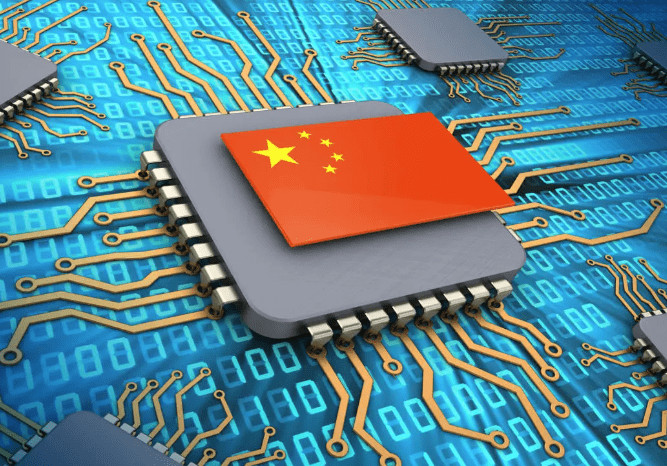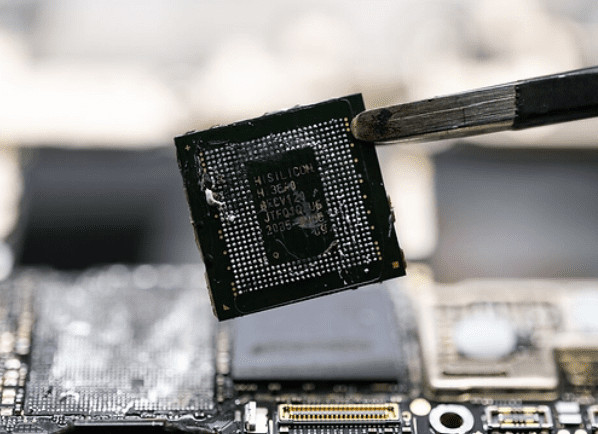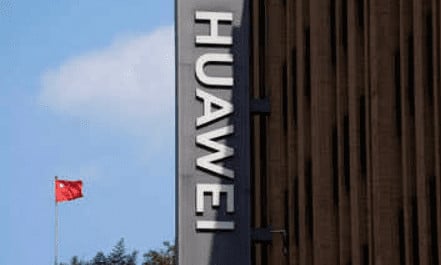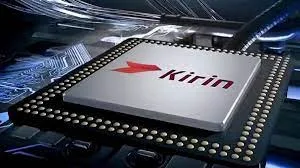In a dynamic landscape of global technology tensions, Chinese firms, specifically Semiconductor Manufacturing International Corp (SMIC) and Huawei Technologies, have managed to continue their progress in chip technology, even in the face of restrictions imposed by the United States.
Burn J. Lin, a former vice president of Taiwan Semiconductor Manufacturing Co (TSMC) and a prominent figure in the semiconductor industry, believes that the ban on Chinese entities won’t halt their technological advancement. Lin asserts that both SMIC and Huawei can leverage existing older machines, such as those from ASML Holding NV, to produce more sophisticated silicon.

All About Huawei’s 7nm chip development
Huawei’s recent unveiling of a 7-nm processor, manufactured by SMIC and featured in the Mate 60 Pro, sent shockwaves through the chip industry. This marked a significant achievement for China and raised questions in the US about the effectiveness of efforts to curb the country’s technological ascent. Despite tightened restrictions by the Biden administration in October, Lin suggests that preventing China from improving its chip technology entirely is not feasible.
Lin, who played a pivotal role in championing lithography technology at TSMC, notes that SMIC used ASML’s immersion lithography machines for the 7-nm chip in Huawei’s Mate 60 Pro. Looking ahead, as China aims to reach the 5-nm milestone, it is likely to explore new materials and advanced chip packaging techniques to produce even more powerful semiconductors.

According to Lin, the US should focus on maintaining its chip design leadership rather than attempting to limit China’s progress, which he deems futile. He argues that China’s comprehensive national strategy to boost its chip industry is set to continue, and any attempts to hinder it may ultimately hurt the global economy.
Lin posits that the US inadvertently provided SMIC with an opportunity to thrive when it effectively banned TSMC, a key global supplier, from doing business with Huawei in 2020. This move allowed SMIC to inherit substantial orders, enabling the company to enhance its manufacturing capabilities.
The ongoing debate in the US and beyond centers on whether Washington and its allies should intensify their efforts to contain China’s technological advancements. While some officials express concerns about China utilizing advanced chip technology for military applications, industry analysts estimate that Huawei could produce as many as 70 million smartphones with its own Kirin chips in 2024.

In addition to processors, China is also making strides in memory chips, a critical component in various applications. Canadian research firm TechInsights recently discovered an advanced chip made by Yangtze Memory in a solid-state drive, showcasing China’s progress in overcoming trade restrictions and building its own semiconductor supply chain. The evidence suggests that China’s momentum in this regard may be more successful than anticipated.








